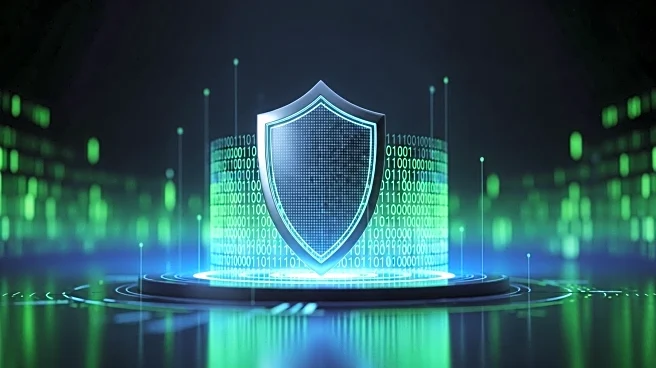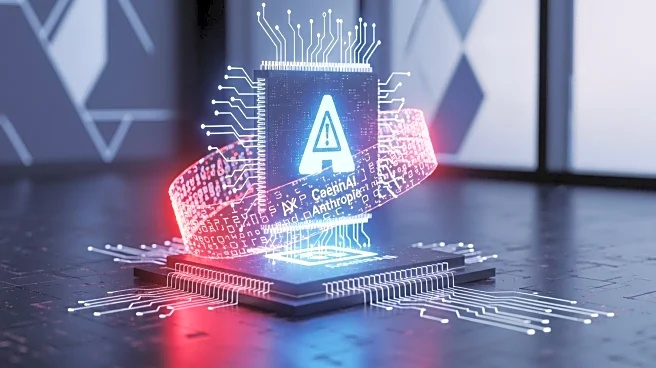What's Happening?
Female leaders in the cybersecurity sector are increasingly optimistic about their roles in a field traditionally dominated by men. This sentiment is underscored by the recent International Women in Cyber Day, which highlighted that women now constitute 22% of the cybersecurity workforce. Notably, 55% of these women hold managerial or higher positions, according to a report by ISC2. Carol Lee Hobson, CISO at PayNearMe, expressed encouragement over the growing number of women stepping into Chief Information Security Officer (CISO) roles. She emphasized that women often bring a protective instinct that aligns well with cybersecurity missions. The talent pipeline is also expanding, with more women entering the field, suggesting a positive trend towards gender diversity in cybersecurity.
Why It's Important?
The rise of women in cybersecurity leadership roles is significant for several reasons. It reflects a shift towards greater gender diversity in a critical industry that has historically been male-dominated. This change can lead to a broader range of perspectives and approaches in tackling cybersecurity challenges, potentially enhancing innovation and effectiveness. Organizations may benefit from diverse leadership teams that can better understand and address the varied needs of their clients and stakeholders. Additionally, the increasing presence of women in cybersecurity can inspire more young women to pursue careers in this field, helping to address the talent shortage that the industry faces.
What's Next?
As more women enter and ascend in the cybersecurity field, organizations may continue to implement policies and initiatives that support gender diversity and inclusion. This could include mentorship programs, targeted recruitment efforts, and creating supportive workplace environments. Industry leaders and educational institutions might also collaborate to encourage more women to pursue cybersecurity education and careers. The ongoing dialogue about diversity in tech could lead to further research and policy development aimed at sustaining and accelerating these positive trends.
Beyond the Headlines
The increasing representation of women in cybersecurity leadership roles may also influence the industry's culture and ethical standards. As diverse teams bring varied perspectives, they can foster more inclusive and comprehensive approaches to cybersecurity challenges. This shift could lead to more ethical decision-making processes and policies that consider a wider array of societal impacts. Furthermore, the visibility of successful women in cybersecurity can challenge stereotypes and contribute to a cultural shift towards greater acceptance and encouragement of women in STEM fields.











